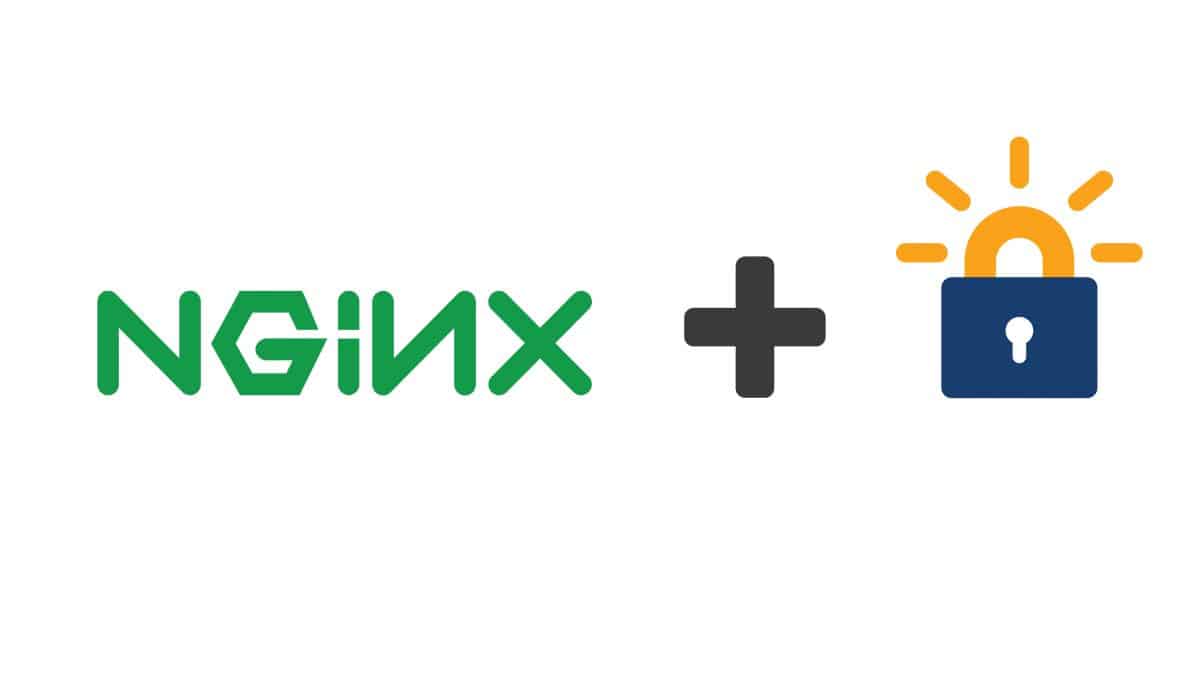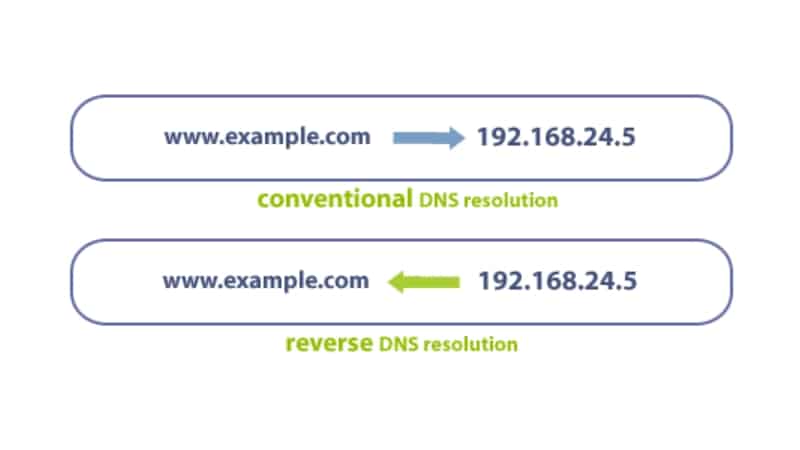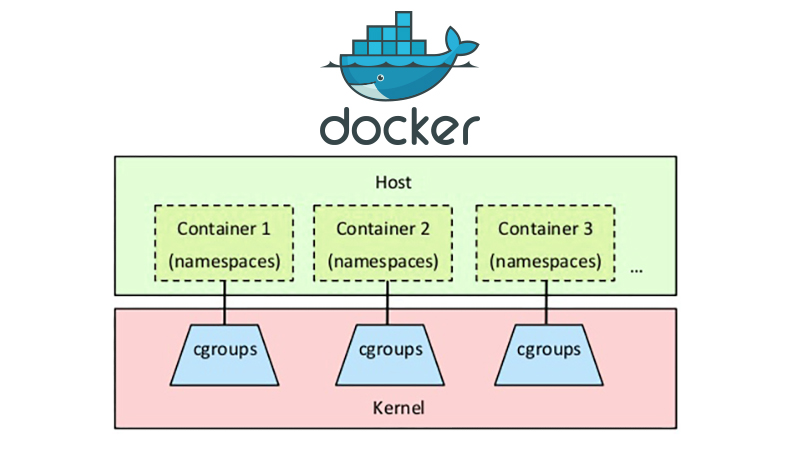CloudSigma is currently participating in a Horizon 2020 research and innovation project called COLA (Cloud Orchestration at the Level of Application). You can read a general overview of the COLA project here, or visit the official project website here. CloudSigma’s primary contribution to the project is to manage the testbed and production of cloud infrastructure and to provide expertise into …
Automate LetsEncrypt SSL Certificate Renewals for NginX
For those in a rush: this blog post shows you how to use free SSL certificates and have then renew perpetually (in theory) so they are near zero hassle to use. It is always nice to automate things. This saves you a lot of time and lets you concentrate on the things that actually matter and make a difference. Renewing …
How to Dynamically Update and Manage Reverse DNS/PTR Records for Your CloudSigma Infrastructure
It is now possible to dynamically manage your PTR records on CloudSigma’s DNS servers. This new functionality provides greater flexibility in setting up your applications in our cloud. We now accept dynamic updates of PTR records within our zones. This means that our dynamic DNS servers (DDNS) will accept updates directly from individual IP addresses from the networks used within …
How to Run Docker on CloudSigma (with CloudInit) Updated
In the past couple of years, Docker has received a tremendous amount of attention. While the concept of containers is hardly anything new (something we at CloudSigma talked more about in this previous post), Docker appears to have become the go-to container manager. To automatically deploy Docker at CloudSigma, you will need: An SSH key. Basic understanding of Docker. The official …
Raspberrian Wisdom: Use your TV for System Monitoring
FinaThis blog post will show you how to use your RaspberryPI to drive an always on screen displaying an autorefreshing web page of your choice. If you are like us you want to have things like sales, pending customer tickets, system status’ etc. easily visible in your office; it’s very valuable. After this post you’ll be a ninja at quickly …
Manage Docker resources with Cgroups
Last month I spoke at ApacheCon about Cgroups. It appears as very few Linux users (including yours truly until not too long ago) are familiar with Cgroups and their power. This is a pity, because Cgroups are very powerful, and allows you to allocate resources on your servers in a far more granular fashion than any other tool available in …
How to setup & optimise MongoDB on public cloud servers
Long gone are the days when MongoDB was the ‘new kid on the block’. These days, it has evolved to become the go-to solution for many people who are leaving relational databases behind. In this article, I’m not going to make the argument for why you should use MongoDB over {insert other NoSQL database}, or even why you should use …
An introduction to server provisioning with CloudInit
This month we announced a very exciting partnership with Canonical, the makers of Ubuntu. Above all, the main element in this partnership is the introduction of full CloudInit support between the CloudSigma cloud and Ubuntu. An introduction to CloudInit If you’re not familiar with CloudInit, it is the industry standard for bootstrapping cloud servers. To clarify, if you are using …
How to run Docker on CloudSigma (with CloudInit)
First, you need to have knowledge of a few pre-requisites: An SSH key. Basic understanding of Docker. The official documentation is a great start. Basic knowledge of CloudInit In the recent year or so, Docker has received a tremendous amount of attention. It appears to be one of those things where the timing was just perfect. While the concept of …
An introduction to failover in the cloud
One of the hardest, but most important things to do when building your cloud architecture, is to eliminate Single Point of Failures (SPoF). What this means is that every mission critical service should be able to survive an outage of any given server. Some companies, like Netflix, have taken this to an extreme and created a service called Chaos Monkey. …
Using Ansible with CloudSigma
In a recent article I wrote about how you can use Salt to manage your CloudSigma infrastructure. However, another tool mentioned in that article was Ansible, which is in many ways similar to Salt. Since we’re all about choice here at CloudSigma, I thought it was only fair to also provide Ansible-users (or aspiring users) with an easy way to …
Ubuntu 10.10 Cloud Servers with full root access and 14 day free trial announced
Zürich, Thursday 14 October 2010. CloudSigma AG, a leading European provider of cloud servers is pleased to announce the launch of a new range of pre-installed Ubuntu 10.10 servers in its cloud. CloudSigma customers can now enjoy the new features of Ubuntu’s new ‘Maverick Meerkat’ release. They are in the form of instantly deployable high performing cloud servers. Patrick Baillie, …













